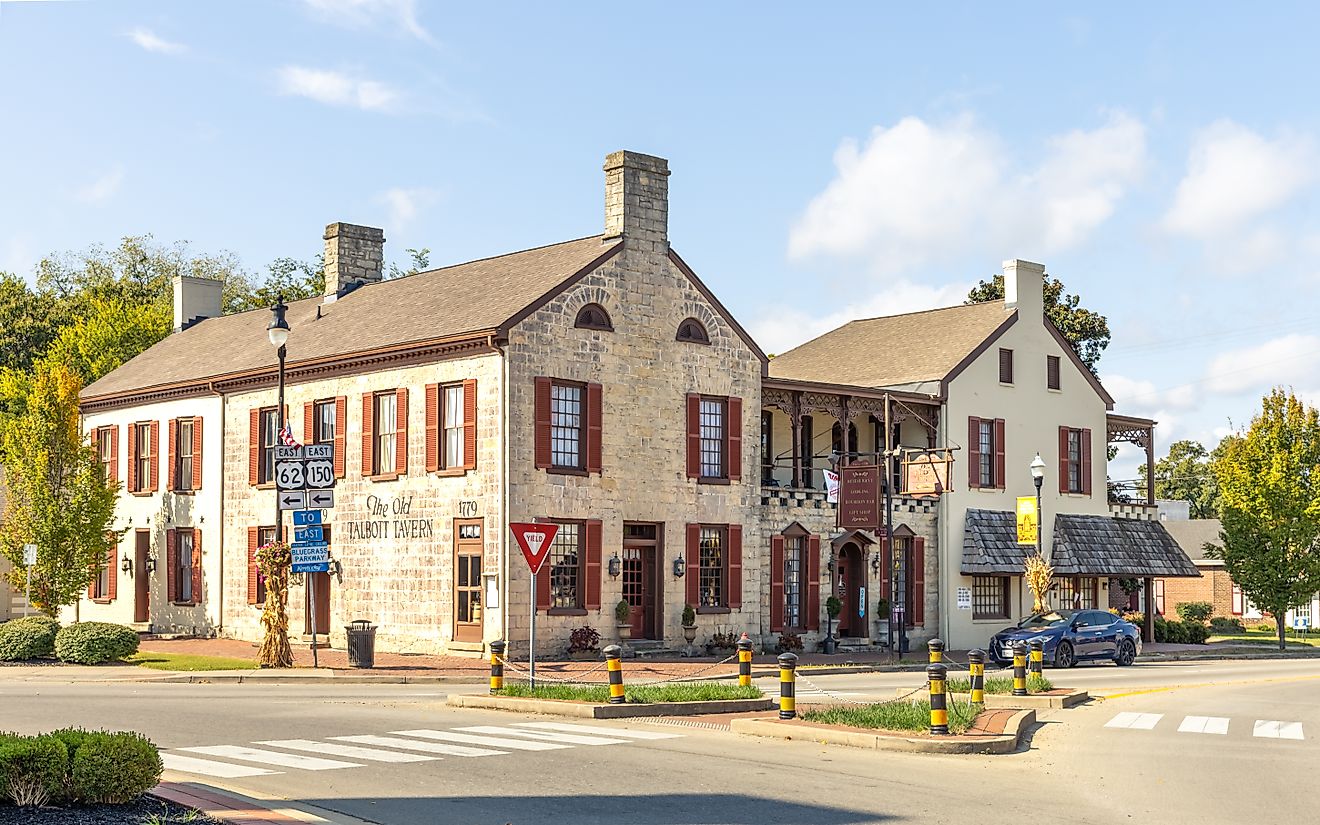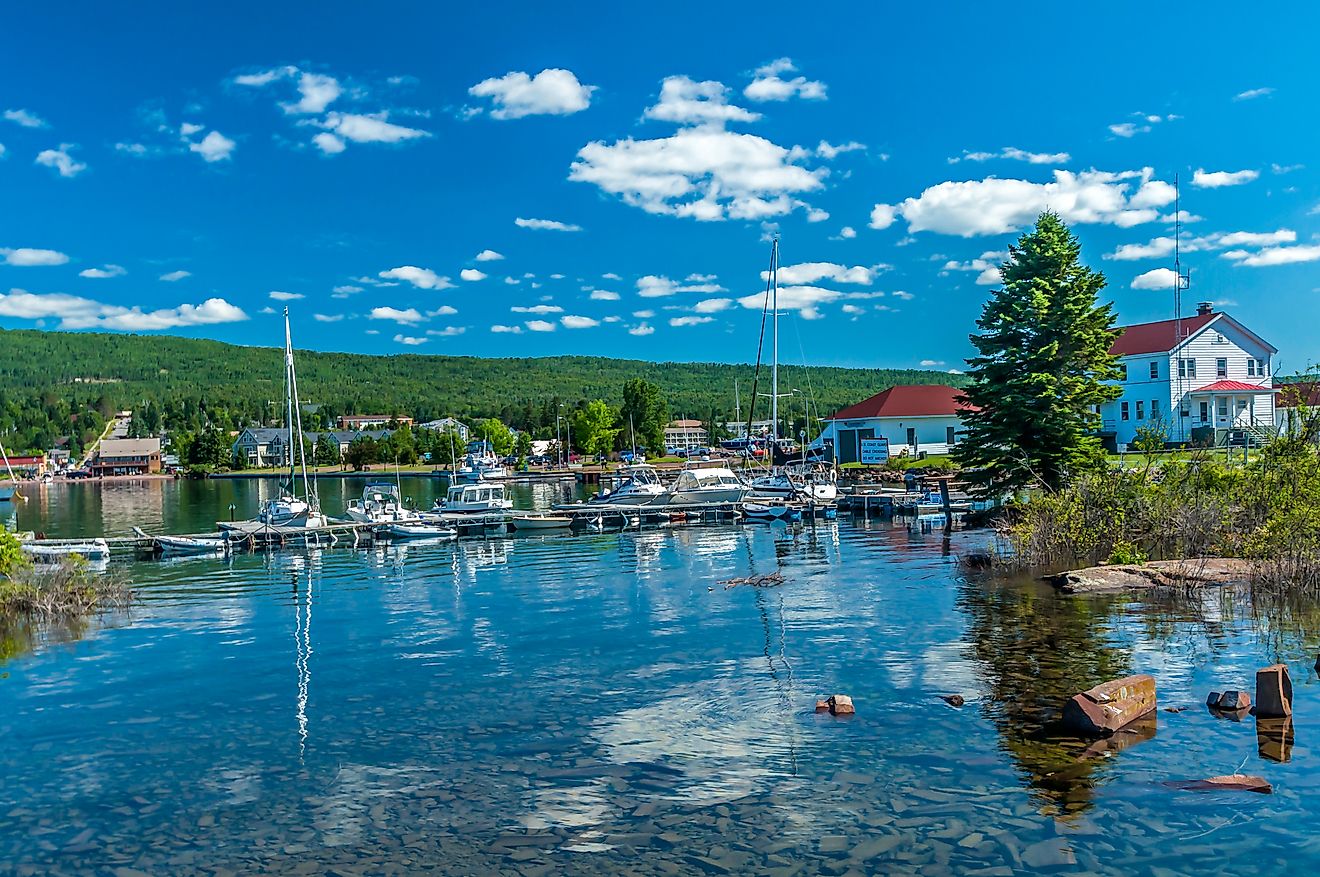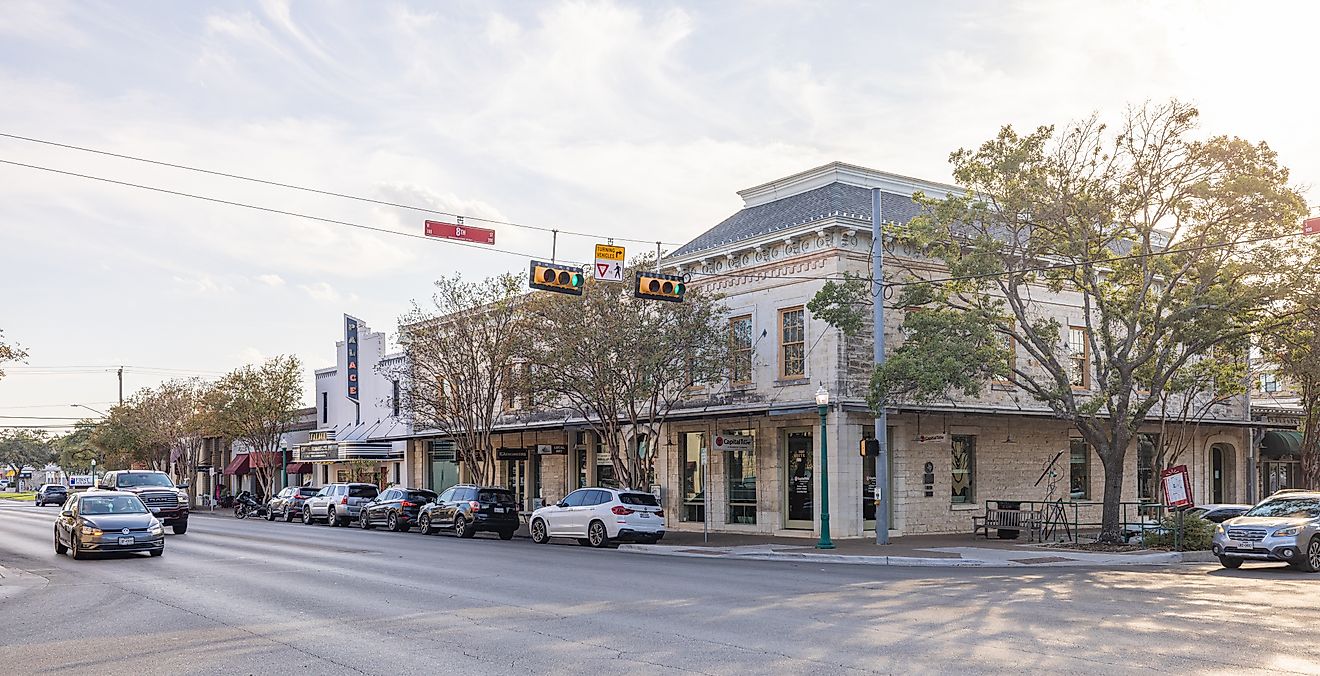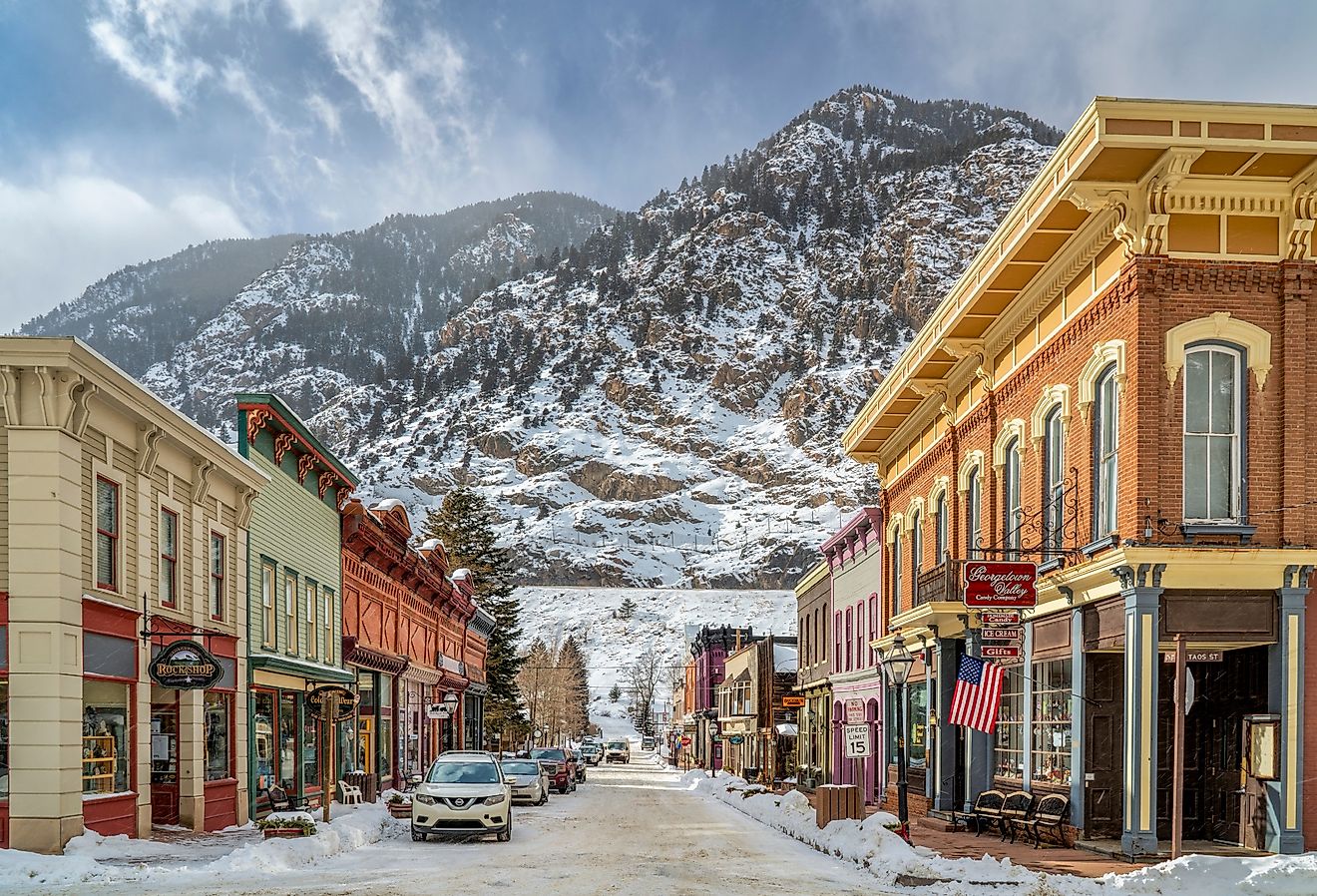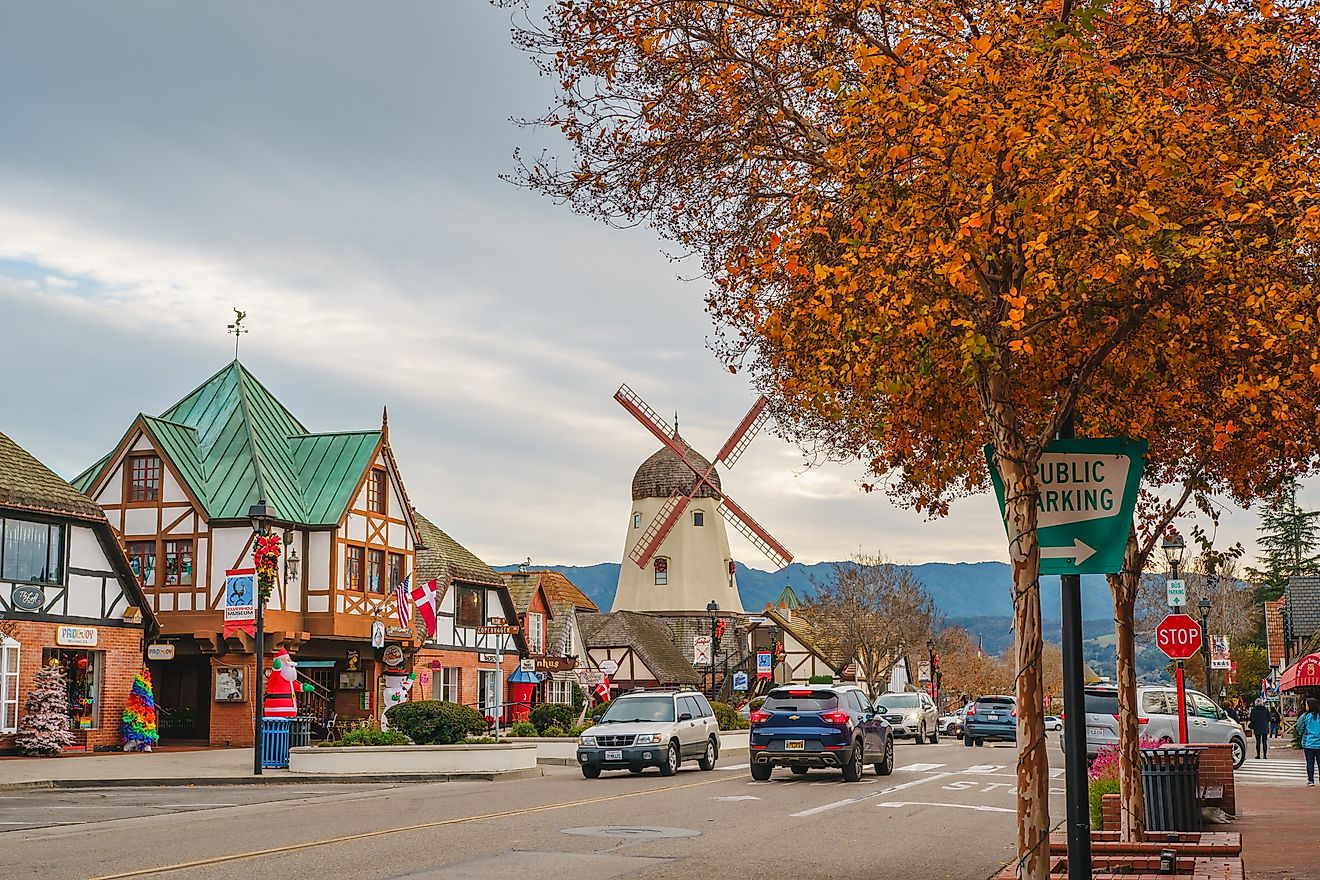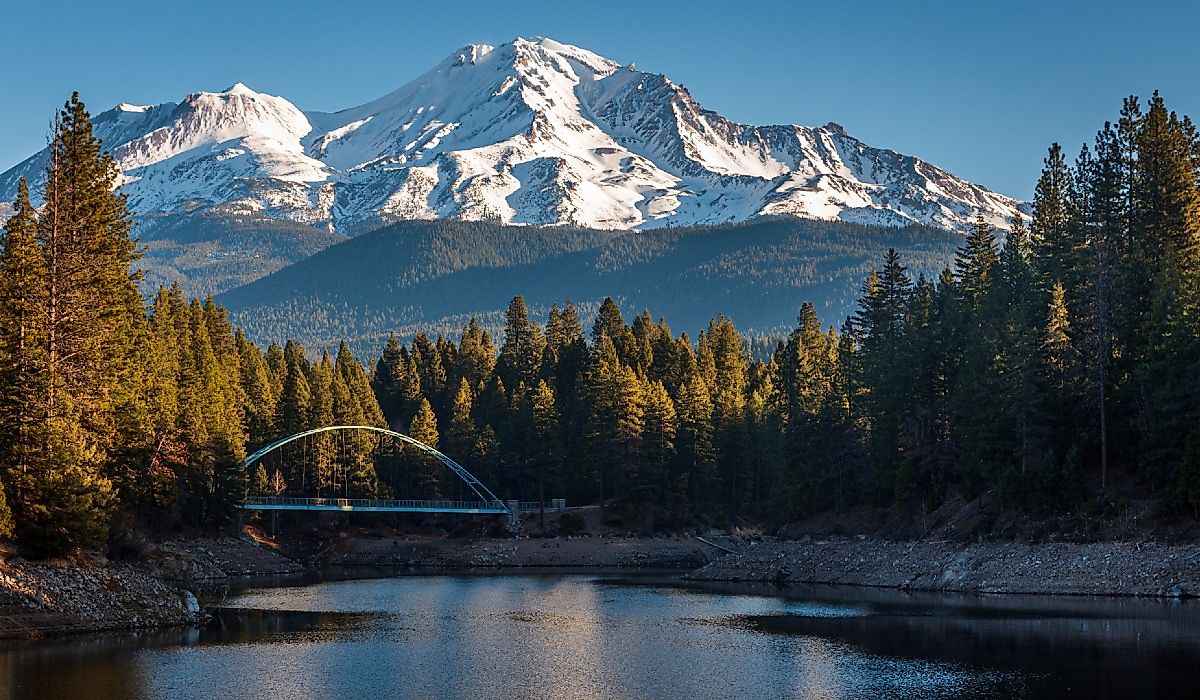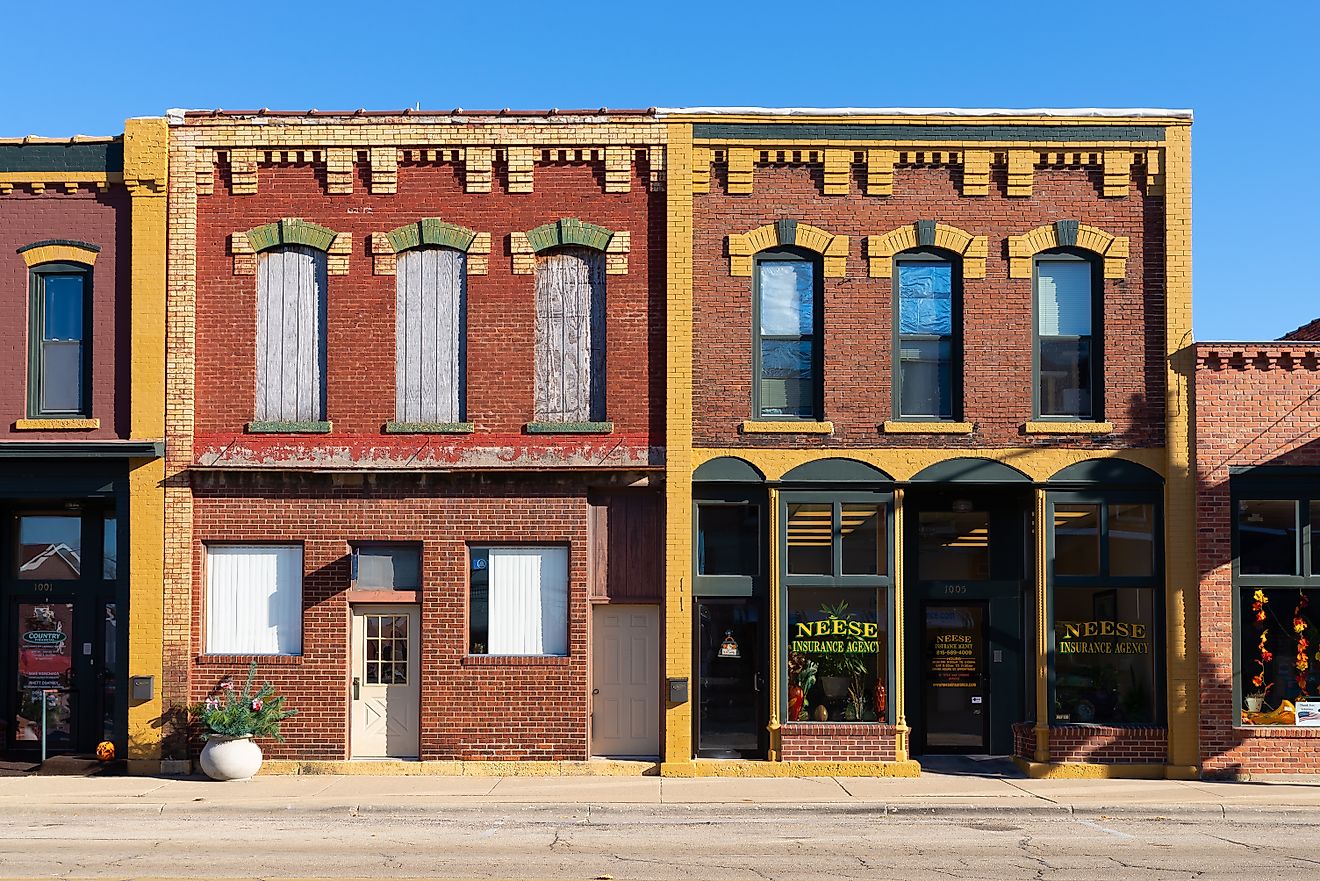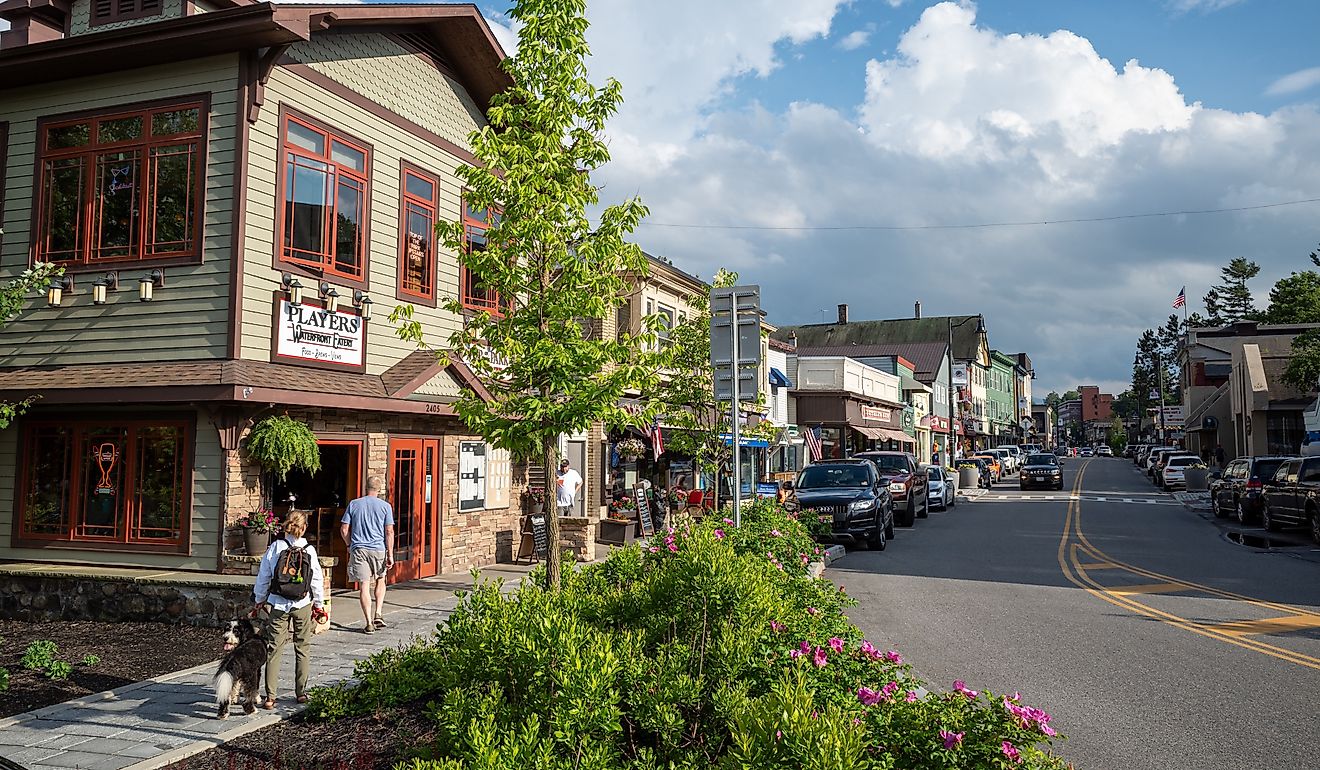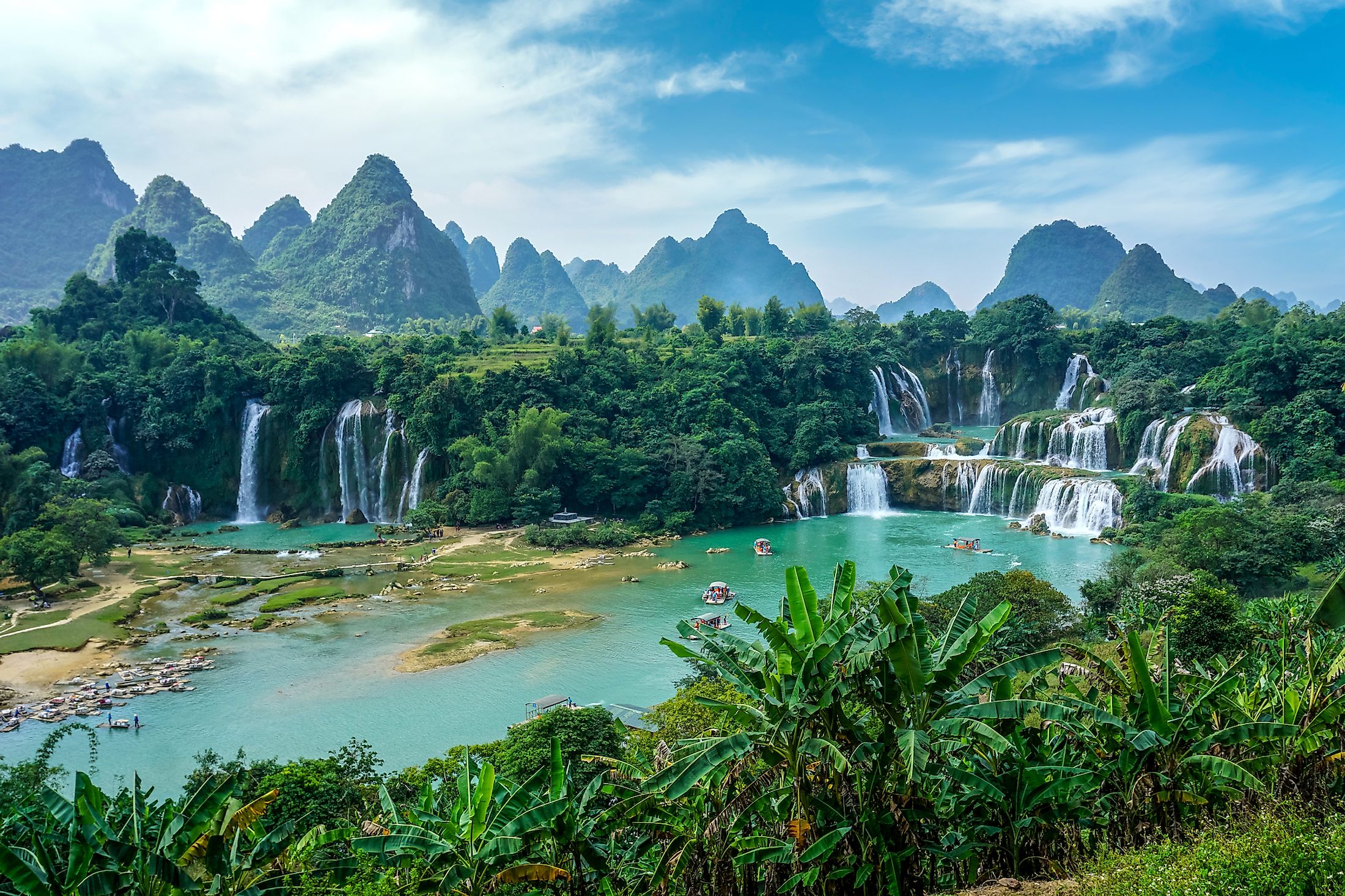
The World's 10 Most Spectacular Waterfalls
Waterfalls are some of the world’s most beautiful natural wonders, with no two cascades alike, and each with a unique legend, properties and formations, along with diversified regional history. These are the 10 most heart-stopping, spectacular waterfalls on Earth for the next visit around the world.
Angel Falls - Venezuela
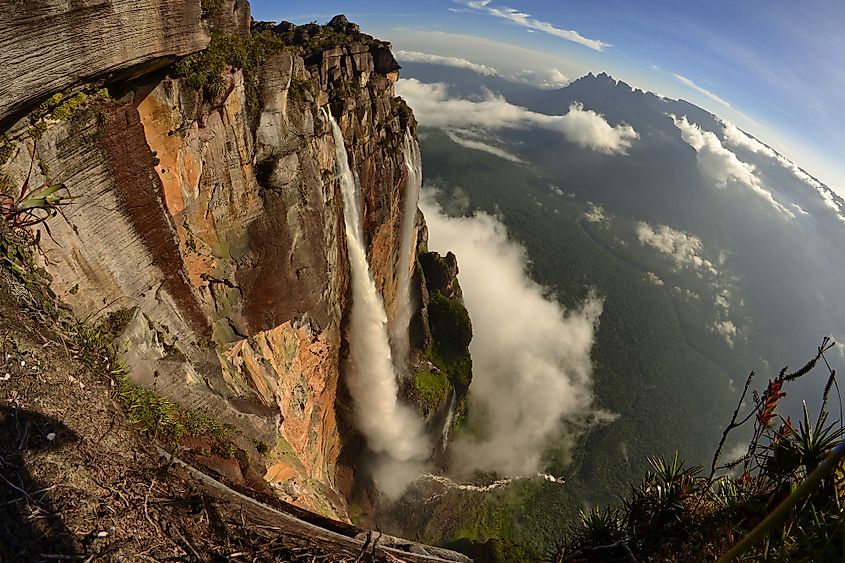
The world's largest continuous waterfall is located at the summit of the table-top mountain Auyán-tepu in Venezuela's second largest national park. It was discovered in 1933 by James Crawford, also known as Jimmie Angel. The American pilot was searching for ore in the region via his Flamingo monoplane when he stumbled upon the breathtaking spectacle. He returned to visit the beautiful falls four years later with his second wife, when upon landing on the mountain, the plane's wheel got stuck in the mud. The plane remained there until 1970, while the group had to trek through scenic landscapes until they reached the Kamarata settlement. The waterfall was named Angel Falls after Jimmie by those, who knew about his misfortunate yet wondrous adventure.
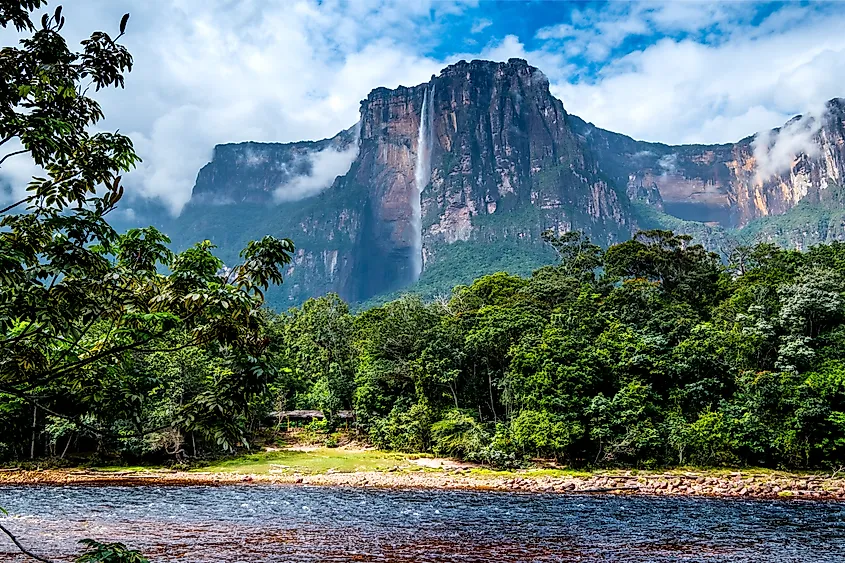
The grandiose, 3212 feet (979 meters) cascade is part of the Orinoco River system in the Canaima National Park and World Heritage Site since 1962. The spectacular falls is also a tributary of the Carrao River, tumbling-down into the ironically-called Devil's Canyon. The top is an air-access only site, while tourists can reach the park via long, winding canoe ride through the jungle-like surroundings of tropical wildlife and exotic plants. One must then hike to the bottom of the falls, for a rewarding soak in the cool, vast, and deep pools. The Canaima lagoon is also accessible to the airborne from the Canaima airstrip.
Ban Gioc/Detian Falls - China/Vietnam
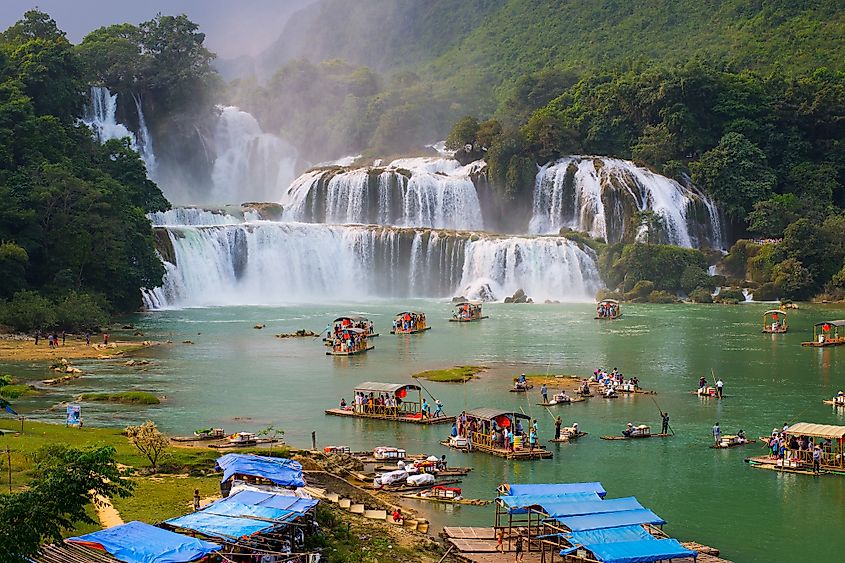
Ban Gioc Falls or Detian Falls on the Quay Son River is Asia's largest waterfall comprised of two separate cascades. It is set between China and Vietnam, some 169 miles (272 km) north of Hanoi and following the countries' borders almost perfectly. The falls splits the Daxin County in the province of Guangxi in China and the karst hills in the district of Trung Khanh of the Cao Bang Province in Vietnam. It also joins with the Banyue Waterfall in Vietnam upon crossing the national boundary.
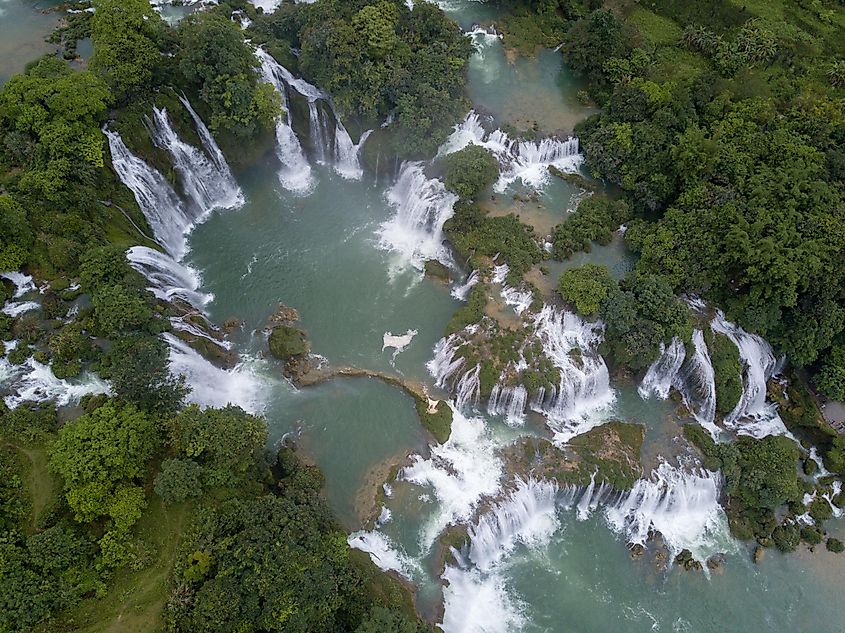
The two smaller cascades in the middle of the broad Ban Gioc-Detian are separated over its vertical access by three picturesque karst cliffs of rocks and trees. Vietnamese people consider the two main cascades to be a joined waterfall with the parts called thác chính and thác phụ, and singularly, Bản Gioc. The falls are a delight to visit any time of year for different foliage and water-flow each season. They are calm and clear in winter, blooming in red blossoms during spring, golden-yellow in the fall, and feature angry waters within lush summertime surroundings. Ban Gioc-Detian is one of the most-studied waterfalls by geologist for its impressive breadth and composition.
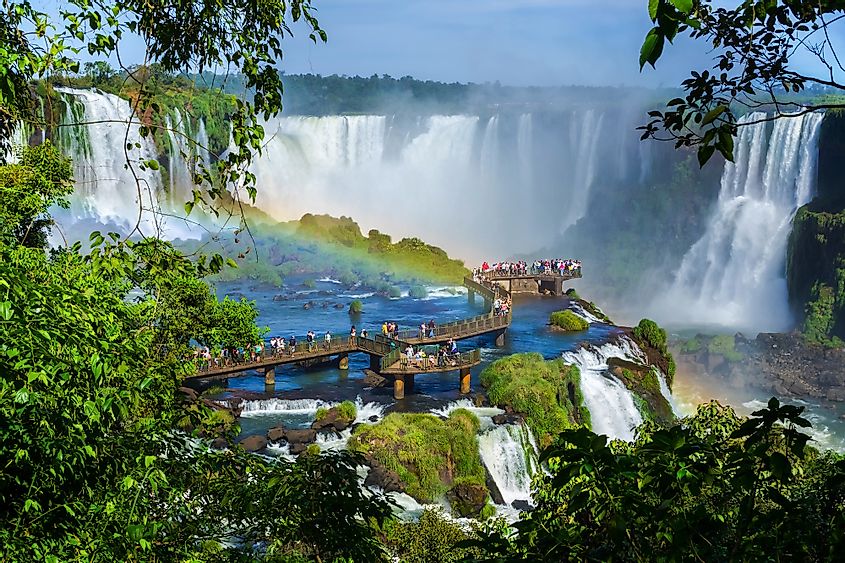
Iguazu Falls - Brazil/Argentina
Iguazu Falls is an elongated-horseshoe cataract-split by rocky and wooded islands at the ledge into 275 separate cascades. It spans the width of triple-the-Niagara, for 1.7 miles (2.7 km) in two countries. Brazil’s side features the impressive Benjamin Constant, Deodoro, and Floriano falls. The Isla Grande San Martín offers the best view from the Argentine side, while fine vistas also follow one along the trek through the forested paths and trails of the Dos Hermanas (“Two Sisters”), Bozzetti, San Martín, Escondido (“Hidden”), and Rivadavia falls. The richly-vegetated region overflows with orchids, pines, bamboos, palm trees, mosses, lianas, and colourful begonias.
The Iguaçu River plunges over the Paraná Plate down into a narrow semicircular Garganta do Diabo chasm in a canyon. The waterfalls vary from 200 to 269 feet (60 and 82 metres) in drop, with waters collectively continuing to flow at the lower level. The name of the falls was derived from the Guaraní word for “great water", while it has also been referred to as “an ocean plunging into an abyss.” There are ledges protruding midways that deflect the waters in a scenic, 500 feet (150 metres) curtain of rainbow mist. The falls with a mean rate of 62,000 cubic feet (1,756 cubic metres) per second are most potent during the rainy season from November to March.
Jog Falls - India
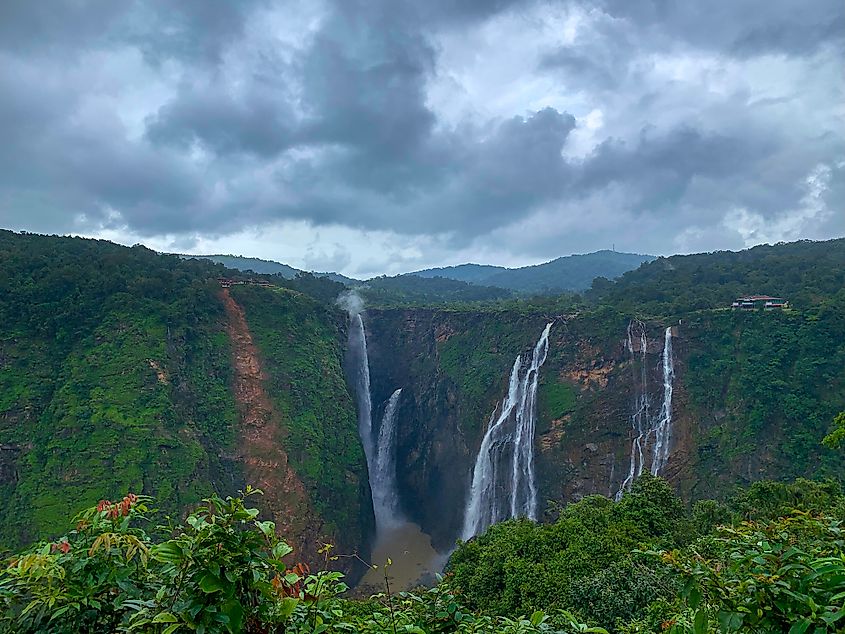
Jog Falls, India.
Jog Falls is India's tallest cascade falling from 829 feet-high, greenery-covered precipice. It is located in the scenic southwest of the country, 100 km away from the city of Shimoga on the border with North Kamara. The free-falling, un-tiered waterfall, also known as the Gerusoppaa falls, is void of rocks that would otherwise deflect the waters. The Sharavti River plunges over the ledge in four cascades, Raja or Horseshoe, Ranee ("Queen") or La Dame Blanche, Roarer, and Rocket that flow-on through dense forests of the Western Ghats.
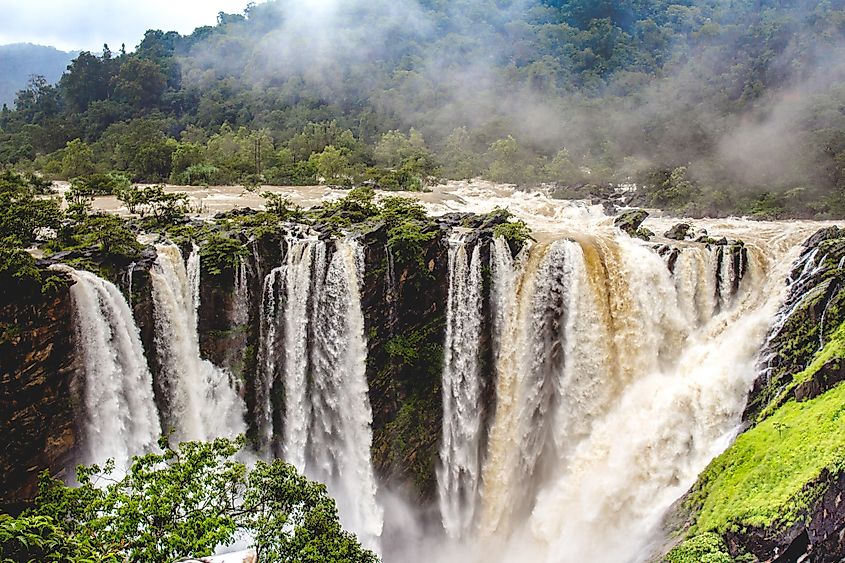
Jog Falls is set 18 miles (29 km) upstream from Honavar at the river’s mouth on the Arabian Sea, and 16 km from the village of Talguppa's nearest railway station in the district of Karnataka. It is accessible by foot or water, as well as conveniently by bus or train from Shimoga. It is best to visit the cascade between August and December for the mist-free spectacle and fine weather. The summer season of monsoons makes the waterfall most potently-flowing in the region flush with vegetation.
Kaieteur Falls - Guyana
The Kaieteur Falls are one of the rainforest's greatest treasures tucked deep within Amazonia. The South America's great pride is the largest, single drop, waterfall in the world by water volume. There's some trekking and searching involved in finding the falls that rewards the effort with the most awe-inspiring vistas. The waters fall from 741 feet (226 m) in a dramatic natural splendor surrounded by tropical greenery.
The remote falls discovered in 1870 comprise a fun adventure for Guyana tourists who seek a must-see travel experience. One can access the Kaieteur Falls via regular flights on small planes from the capital city of Georgetown, with best views upon landing or ascent. There's a 15-minute climb from the airstrip to the top of the falls that are best to visit during the country's dry season from March to June.
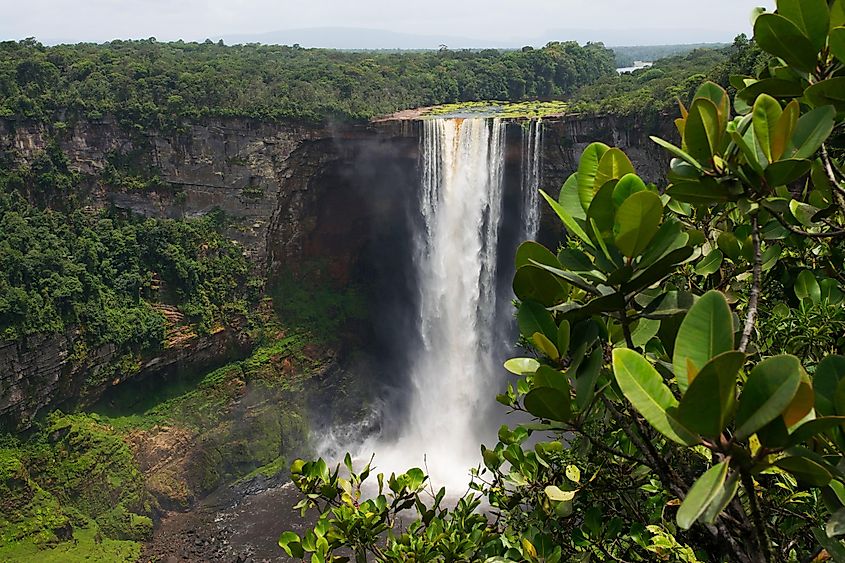
Niagara Falls - Canada/US
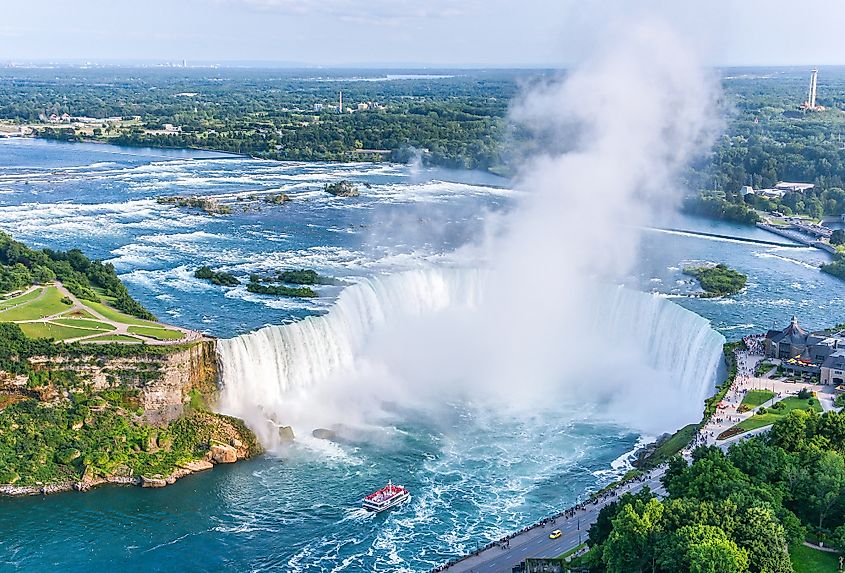
The falls on the border between Ontario in Canada and New York in the States are one of the world's most known and visited with easy access to the gawk-worthy session. They are separated by the Goat Island into a larger section on the American side, and smaller, on the Canadian. The latter left-bank Horseshoe Falls are 188 feet (57 meters) tall and 2,200 feet (670 meters) wide, while the American Falls' span of 1,060 feet (320 meters) drops-down from 190 feet (58 meters). The Queen Victoria Park on the Canadian side and the Prospect Point at the edge of the American Falls on the US side offer the best views of the Niagara. The popular Rainbow Bridge is another vantage lookout, and a footpath to "behind-the-curtain" view of the falls at the Cave of the Winds.
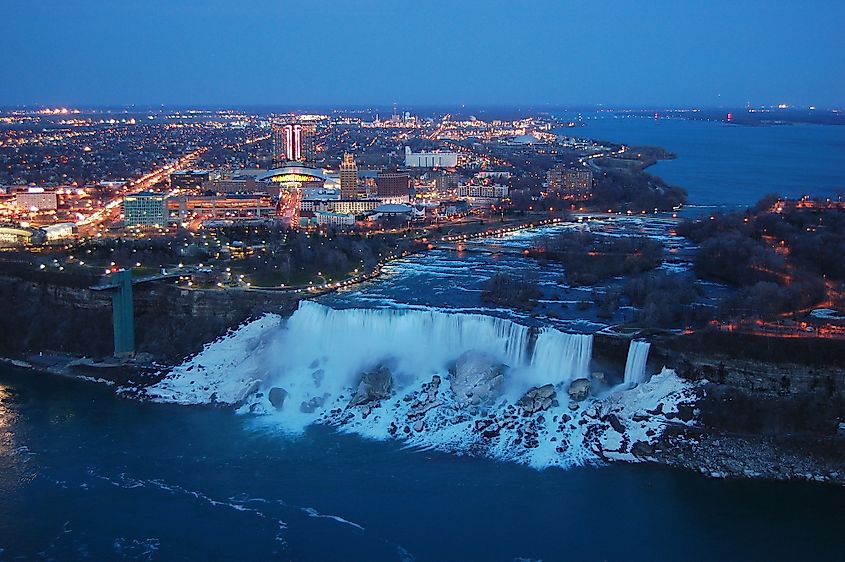
The ancient falls continue to exist thanks to a unique natural phenomenon. The gorge's Silurian Period rock strata dips vertically only 20 feet for every mile or four meters per km, which is virtually parallel to the ground across its wide breadth. The infiltrating water through the joints dissolves the softer shale under the hard surface layer of dolomite. The resulting stable dolomite resists the hydrostatic pressure and blocks the falls away. The ongoing disposition of strata during a long period of upstream movement tumbles waters over the ledge in a perpendicular-to-the ground manner. With some dolomite blocks breaking-off undercut by the waning inner layer, it is an almost-perfectly vertical cascade that is unique to most other falls in the world.
Seljalandfoss - Iceland
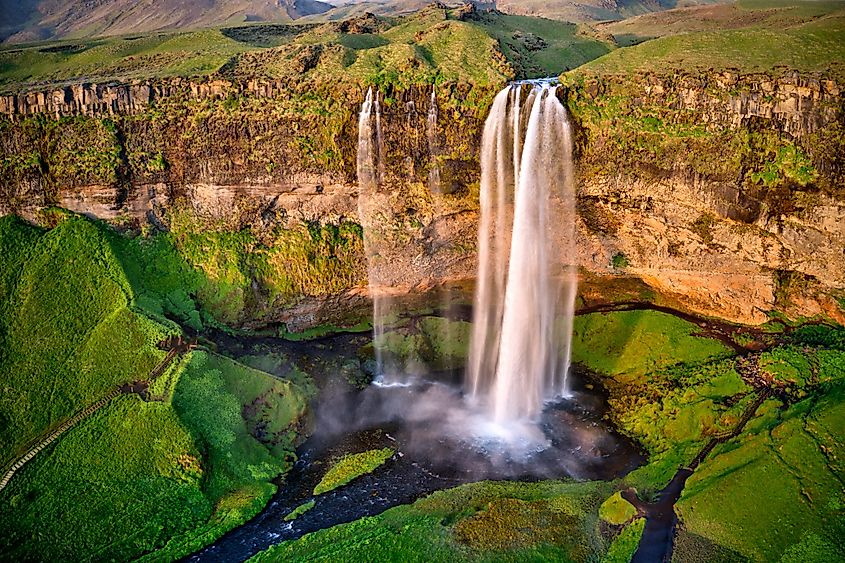
Iceland boasts at least 1600 waterfalls among which Seljalandfoss clocks at over 62 meters in height. It appears as a mere white strike through the dark grey rock from the vantage point of the Markarfljót river plains. The beautiful falls-veiled in mystery is found some 121 km from Reykjavik in a highly-energetic place, according to locals. The prominent atmosphere makes the falls a magnet for scores of yearly tourists despite the remote location. The upstream journey of the river takes the waters through Tröllagil (Troll Gorge), and a flourishing vegetation hollow known as the Tröllagilsmýri (Troll Gorge Marsh). The waters tumble over the upper layer of the cliff-top Hamragarðahraun lava field in a number of cascades. The middle is composed of hardened glacial till, "tillite", that can also be found behind the falls. The glassy volcanic aggregate of hyaloclastite at the bottom, is also the most common rock in the area.
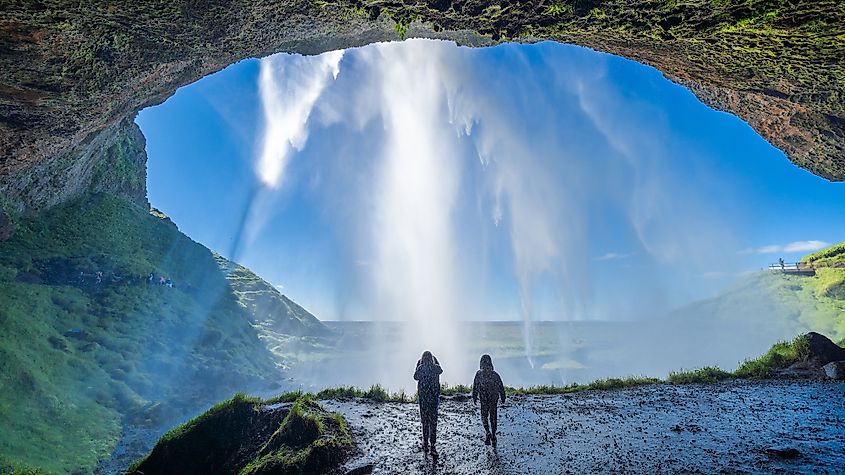
The journey to the falls is a truly scenic adventure over dark green slopes, cliffs, forests, and mountain clusters, with other waterfall-sightings on the way. One can also venture behind the Seljalandsfoss to see the clean and beautiful waters, face-to-face. Many wrongly believe the feeding Seljalandsá to be a glacier river that originates from the nearby Eyjafjallajökull glacier. The spring-fed river actually originates from under the lava up on the moors above Hamragarðaheiði waterfall, some seven kilometers-off. It gifts the falls with clear waters that are only murky during springtime, when Hamragarðaheiði fills the river from a runoff stream.
Veliki Slap Falls - Croatia
The Veliki (Great) Slap Falls at the gorgeous Plitviče Lakes National Park is located in the scenic hinterland of central Croatia. It is the largest of numerous, incredibly pretty cascades of the park that join 16 terraced, aquamarine lakes. The falls originates from the Plitviča River that flows over the ledge and drops-down from 256 feet (78 meters).
The lakes and waterfalls are set amongst limestone landscape and tree-covered hills, where Veliki Slap weaves its way down the rock into a clear blue pool. It is a highly-yearned spectacle and a pilgrimage destination, with 1 million annual visitors who make the trek to the lovely falls. It is best to visit during summertime from July to September with warm temperatures and sunny skies, or later in the fall for the foliage and not-too-hot weather.
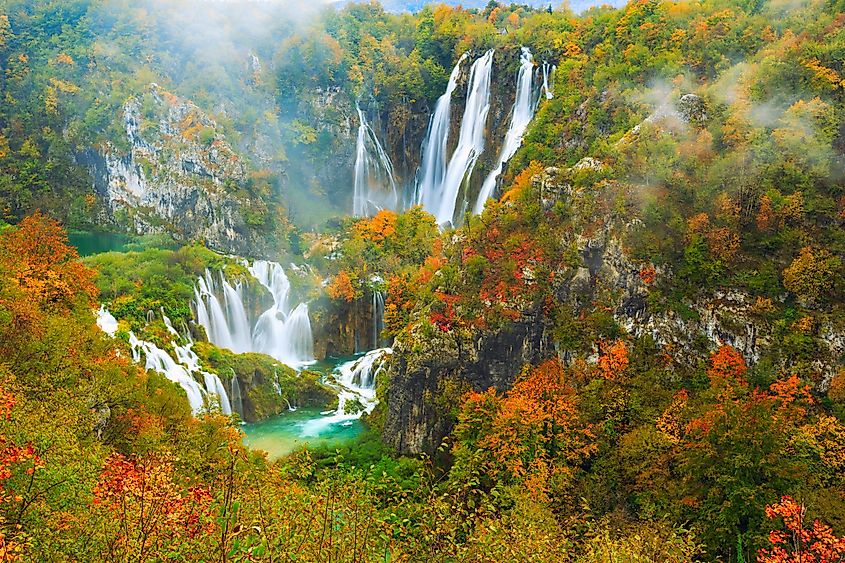
Victoria Falls - Zimbabwe/Zambia
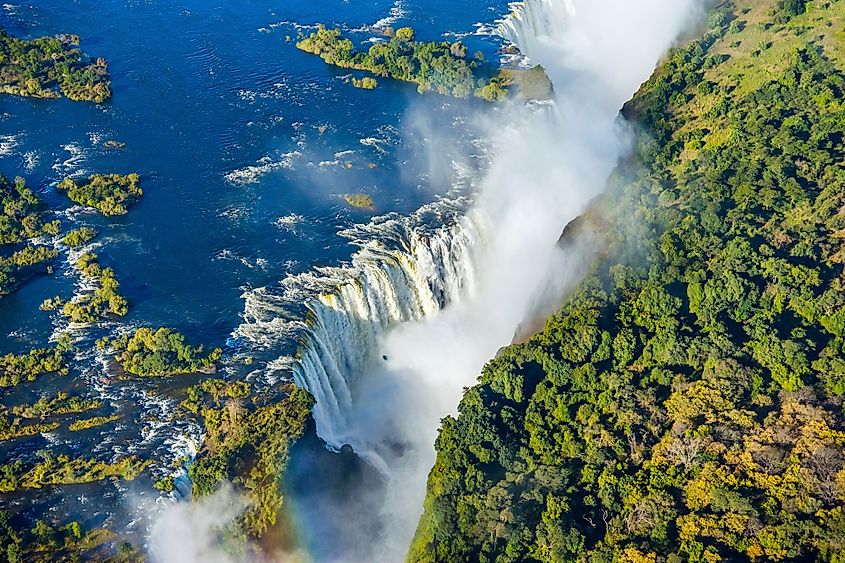
The falls were named after the Queen of England by the British explorer David Livingstone, having first laid eyes on them on November 16, 1855. They sit in the mid-course of the Zambezi River, spanning across the river from Zambia on the north bank to Zimbabwe on the south. The falls' 5,500 feet (1,700 metres) breadth is twice that of the Niagara. They are also twice as deep, having to collect nearly 33,000 cubic feet (935 cubic metres) of dispensed water per second that falls into a 355 feet (108 metres) abyss. The marked ledge with multiple islands, depressions, and promontories halts waters before plunging, in a thundering roar with a violent veil of mist. The Kalolo-Lozi peoples call the falls Mosi-oa-Tunyaby or "The Smoke That Thunders".
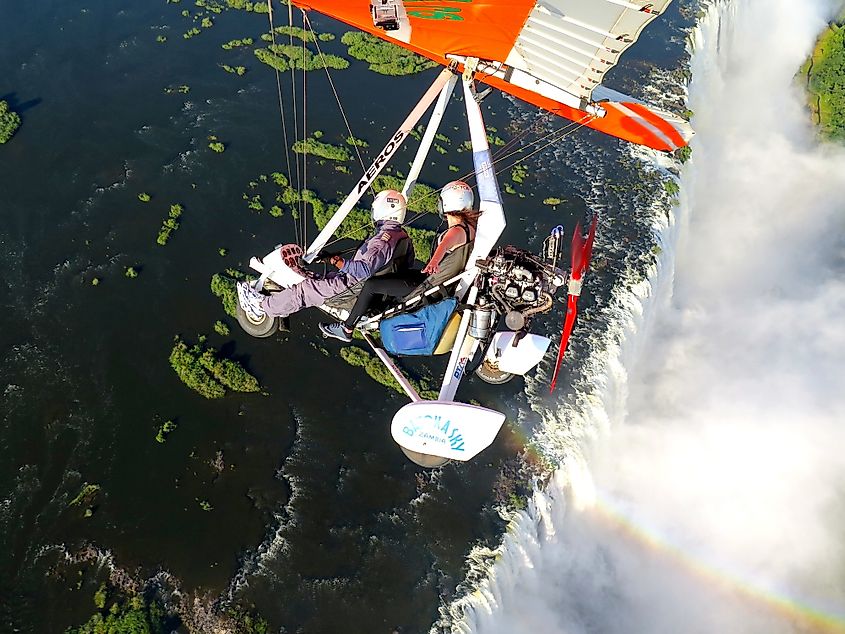
The rocky side of the waterfall form an 80 to 240 feet (25 to 75 metres) wide chasm at the bottom with a narrow outlet into 210 feet (65 metres) by 390 feet (120 metres) gorge containing a deep pool, known as the Boiling Point. One can observe the turning and foaming flood-waters from the Victoria Falls (Zambezi) Bridge that carries rail, automobile, and pedestrian traffic between Zambia and Zimbabwe.
Yosemite Falls - United States
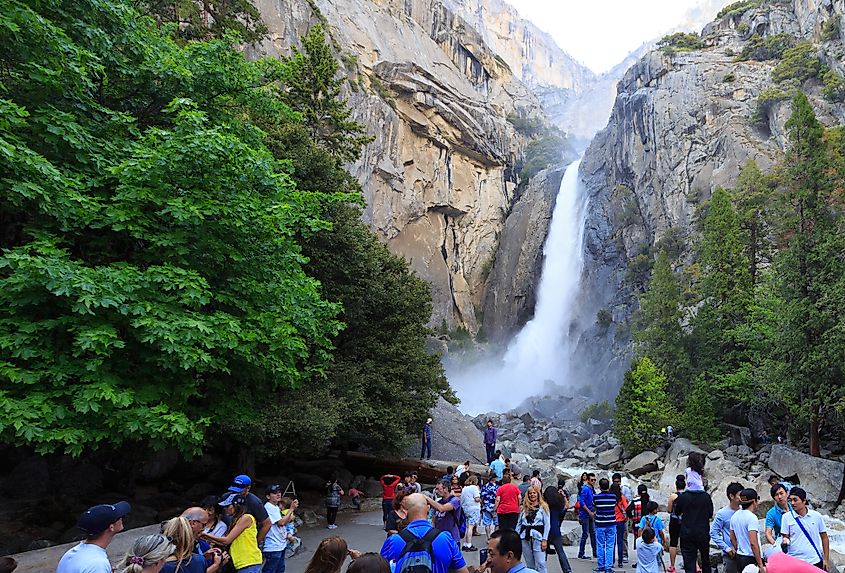
The highest waterfall in North America and fifth highest in the world is set within the renowned namesake national park in the United States. It gathers water from multiple creeks overflowing the tributary valleys of the Merced River, and dispels from a 2,425 feet (740 metres) into the Yosemite Valley below. Yosemite Falls is known for a scenic, three-drop effect from the two horizontal cracks in the otherwise vertical joints of the underlying rock. The Upper Yosemite Fall comprises a 1,430 feet (436 metres) drop, followed by a series of cascades, and the Lower Fall for another 320 feet (98 metres). The middle five 675-feet tall cascades cannot be seen from the majority of vantage points. When the Ahwahneechee tribe lived by the falls, they believed that the pool at the base was inhabited by evil witches called the Poloti.
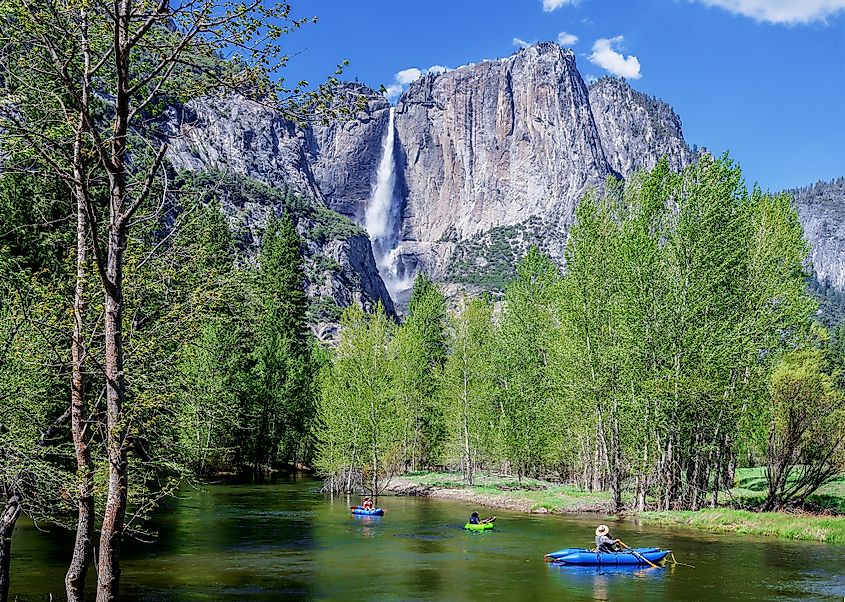
The locale is proximate to the Yosemite Village in the east-central California's Yosemite National Park, where the Lower Falls are clearly visible from the road encircling the valley. The volume of the falls depends on precipitation that is usually most abundant in May through June. There is a 7.2-mile hike over exposed rocks heated by the sun with an elevation gain of 2700 feet to the Upper Falls and back that can feel gruesome but worthy the sight. It may also take days to conquer the mid-section for the rewarding vista of the giant cascade that dispels waters from above. The short trek from the Yosemite Lodge to the base of the falls is great way to get some exercise, followed by a relaxing picnic in the refreshing mist during midday heat.
All waterfalls galvanize from either glacial rivers, direct runoff streams, or spring-fed rivers. Spring-fed rivers give the falls clear waters, while glacial rivers bring along ash, rocks, mud, and dirt to the falls they feed. While waterfalls of all shapes and compositions are an impressive natural sight, these grandiose, clean, or free-falling spectacles offer a lifetime of memories.
